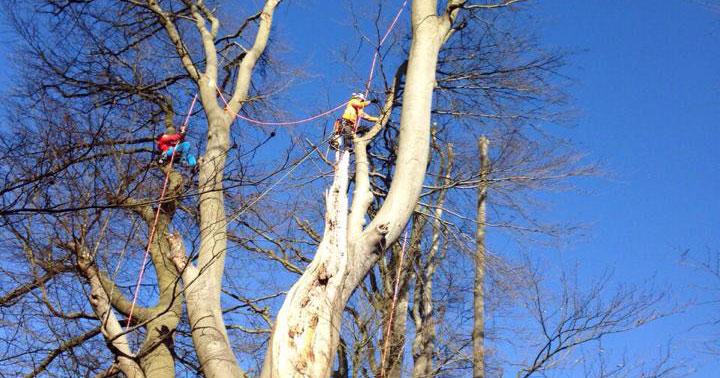
Do I need a permit to cut my trees?
Some trees are protected under Tree Preservation Orders; this means the property owner should obtain the consent of the Council before attempting to fell a tree, or even to prune it. A number of other controls in conservation areas protect a growing number of additional trees. You may be in doubt about the propriety of felling any trees or otherwise disturb in any manner. If you require further information, the best advice is that owners make direct contact with your local council.
Those who dwell in a Conservation Area all trees in gardens fall into the same category as the TPOs. If given permission then this will override TPOs. If it is necessary to fell a TPO tree to be removed for intended property development, then again permission must be obtained.
Trees lacking the TPO and are outside Conservation Areas; then it is not necessary to require permission for a property owner to fell a tree in the owner’s own garden. Outside that garden, however, one may be required to request a felling licence from the Forestry Commission.
In breeding season, it is also illegal to fell any tree as this could result in the loss of bird nests. As a rule, it is not normally necessary to obtain permission to plant a hedge in a homeowner’s garden. Nor are there any known laws prohibiting the height of a hedge. It is, however, the obligation of the property owner to maintain the hedge in proper health and condition. It must not constitute a nuisance for neighbours.
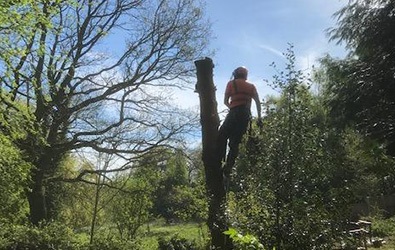
Am I Permitted to Cut my Neighbour’s Branches?
Is it permissible to cut back overhanging branch(es) that infringe upon your property? Nevertheless, the branches and any flowers or fruit would continue to remain the property of the tree owner and must be returned.
It is important to remember that while they remain the property of the owner of the tree(s), the cut branches may not be simply thrown over the fence into the tree owner’s property. This is considered fly-tipping of garden waste. It is therefore prudent to advise neighbours of any intention of cutting or trimming overhanging branches.
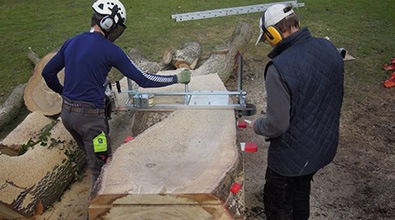
The owner should be advised that if the cut branches are not wanted, then they will be either burned or removed to a waste disposal site.
It is unlawful to enter a neighbour’s garden to cut branches without first gaining the owner’s permission. Even leaning over the fence to facilitate the removal of an overhanging branch is considered trespassing. Furthermore, cutting a branch beyond the limit of the property, or into the very trunk of the tree, may cause the offender to be liable for damage and/or trespass.
If one believes a tree may be a threat to others or to the owner’s property (if for example it may fall on a greenhouse or is in such poor condition that it is feared the tree may fall on a person), the first step would be to discuss the problem with the owner of the tree. If there is some disagreement about any aspect of the condition of a tree, then the next proper step would be to make contact with the local council.

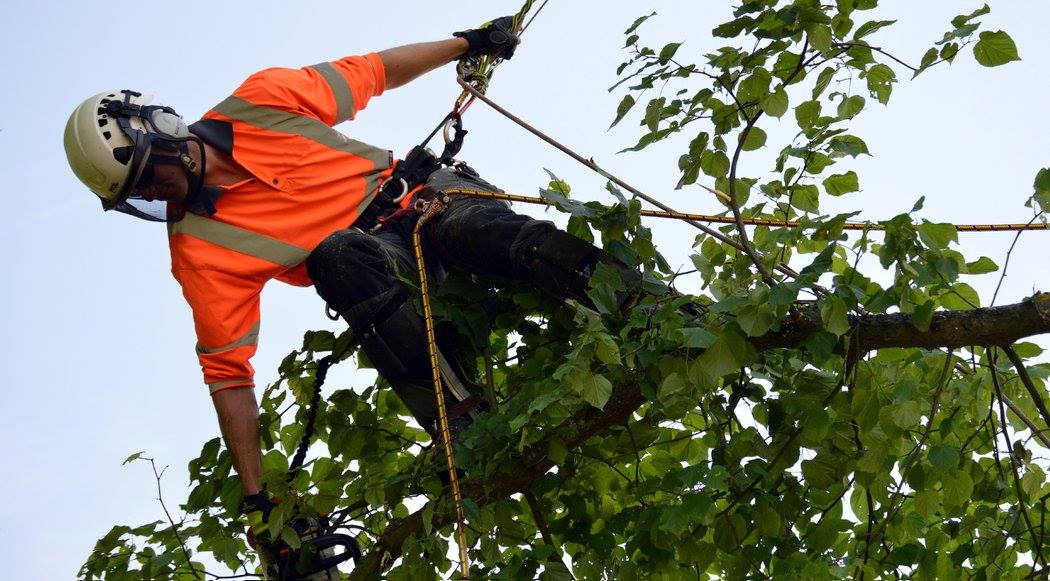
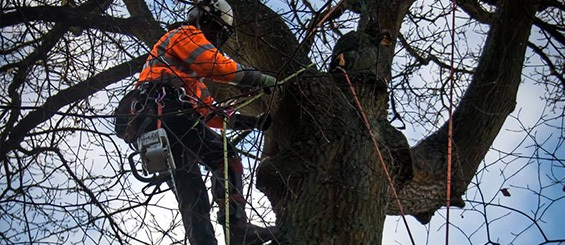

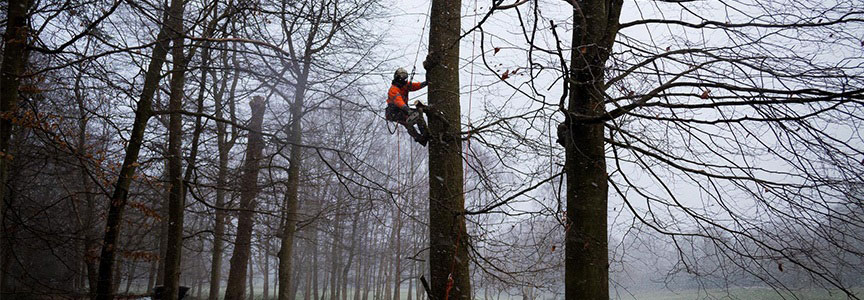

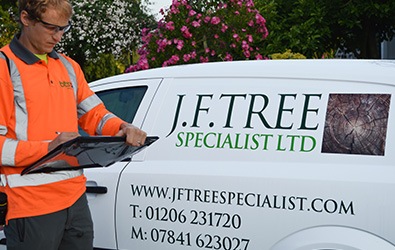
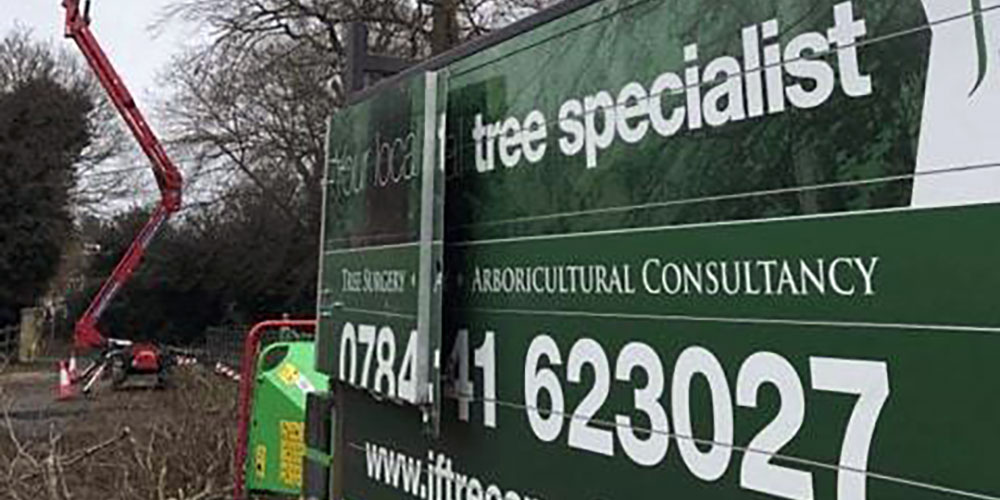
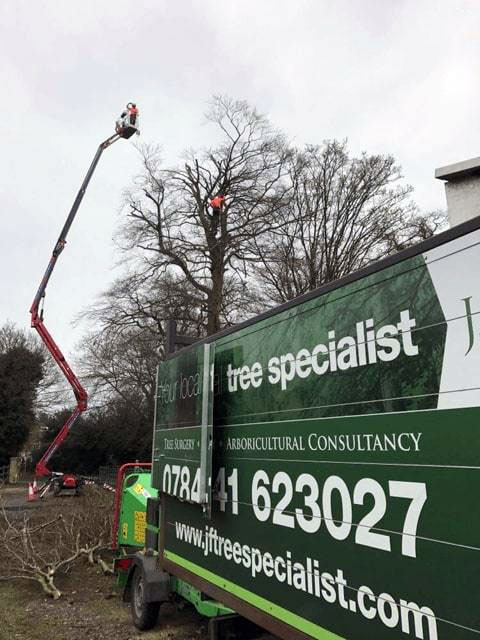
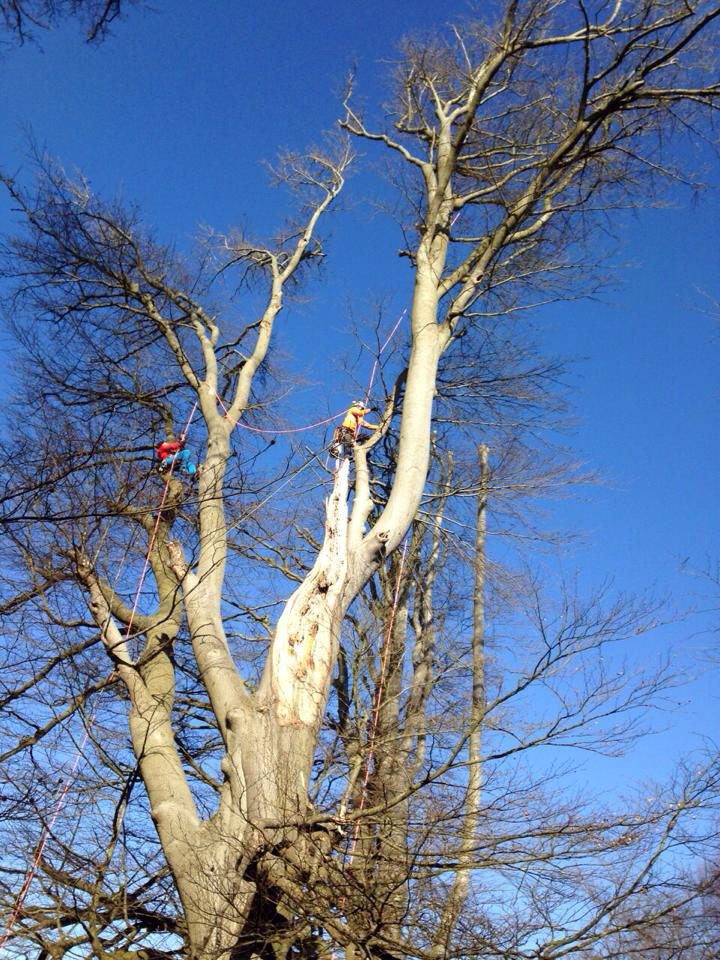
Recent Comments